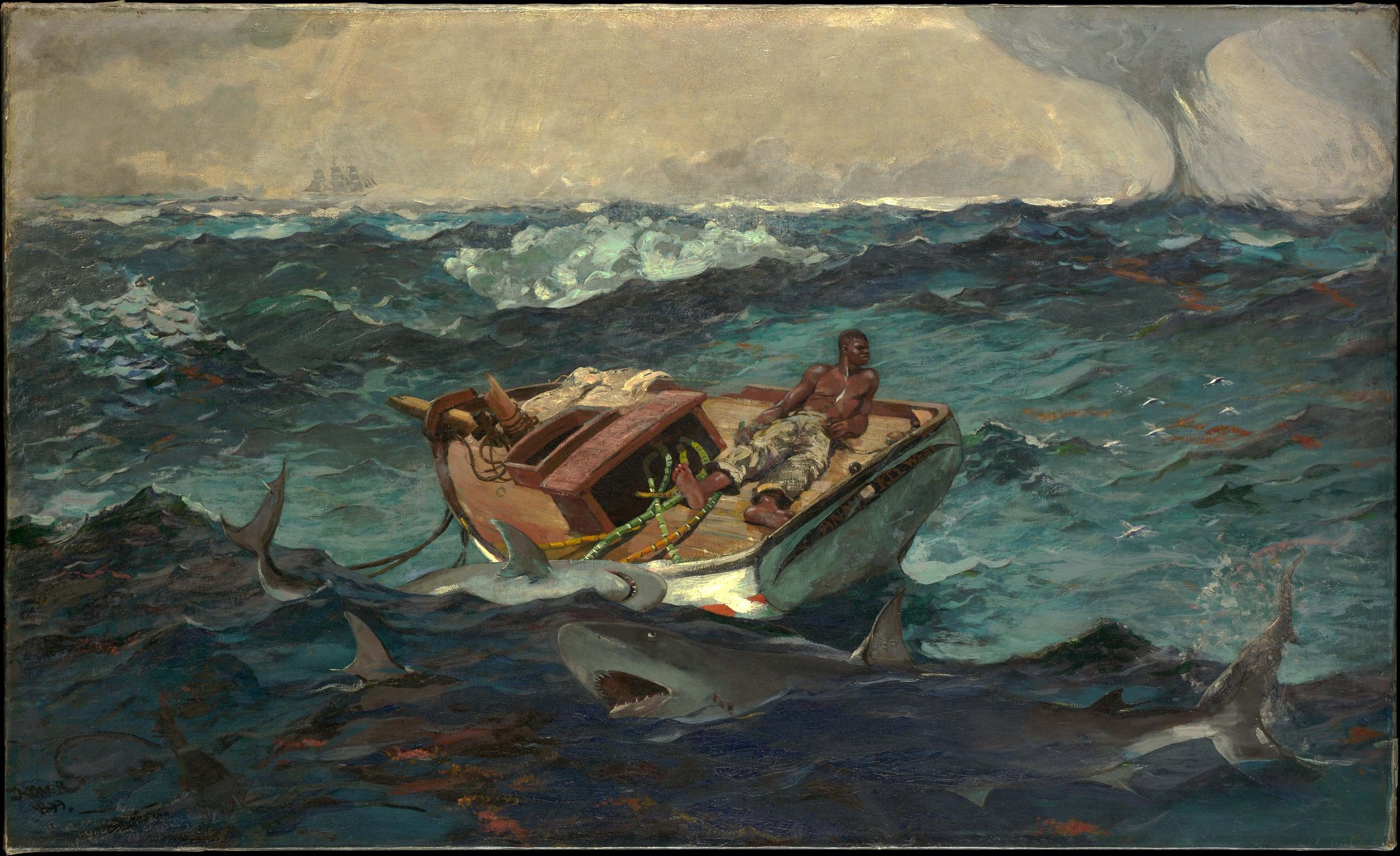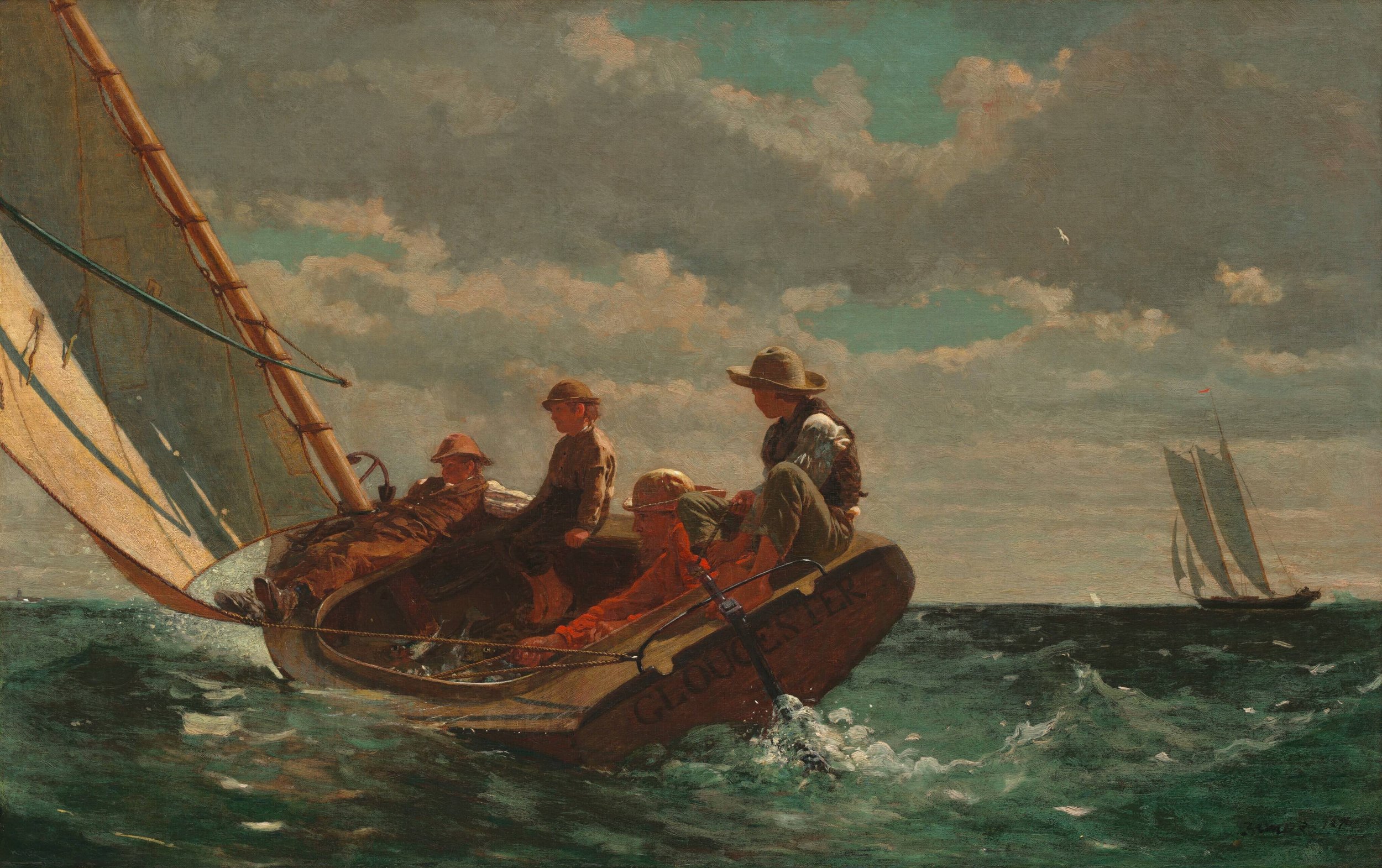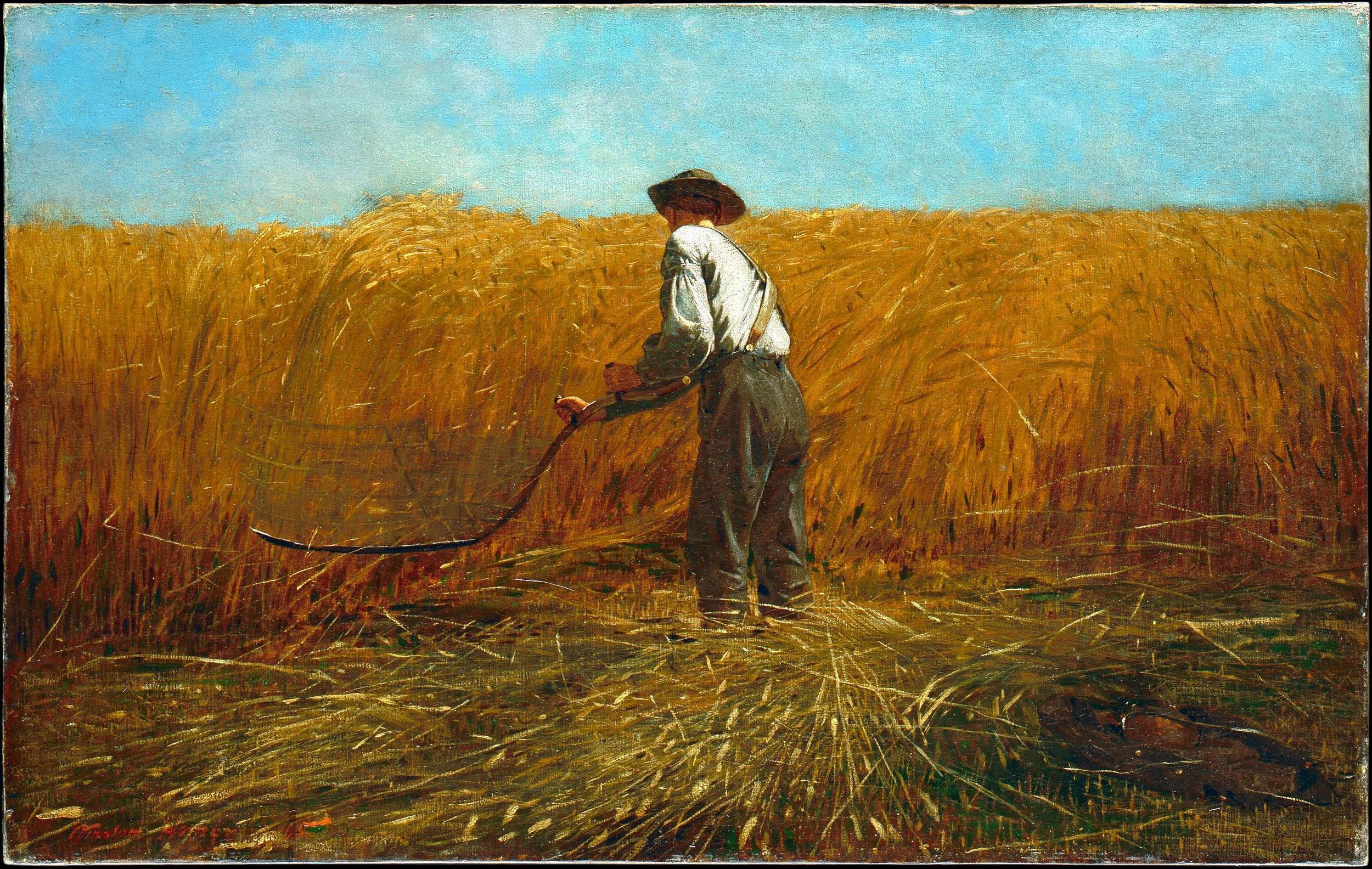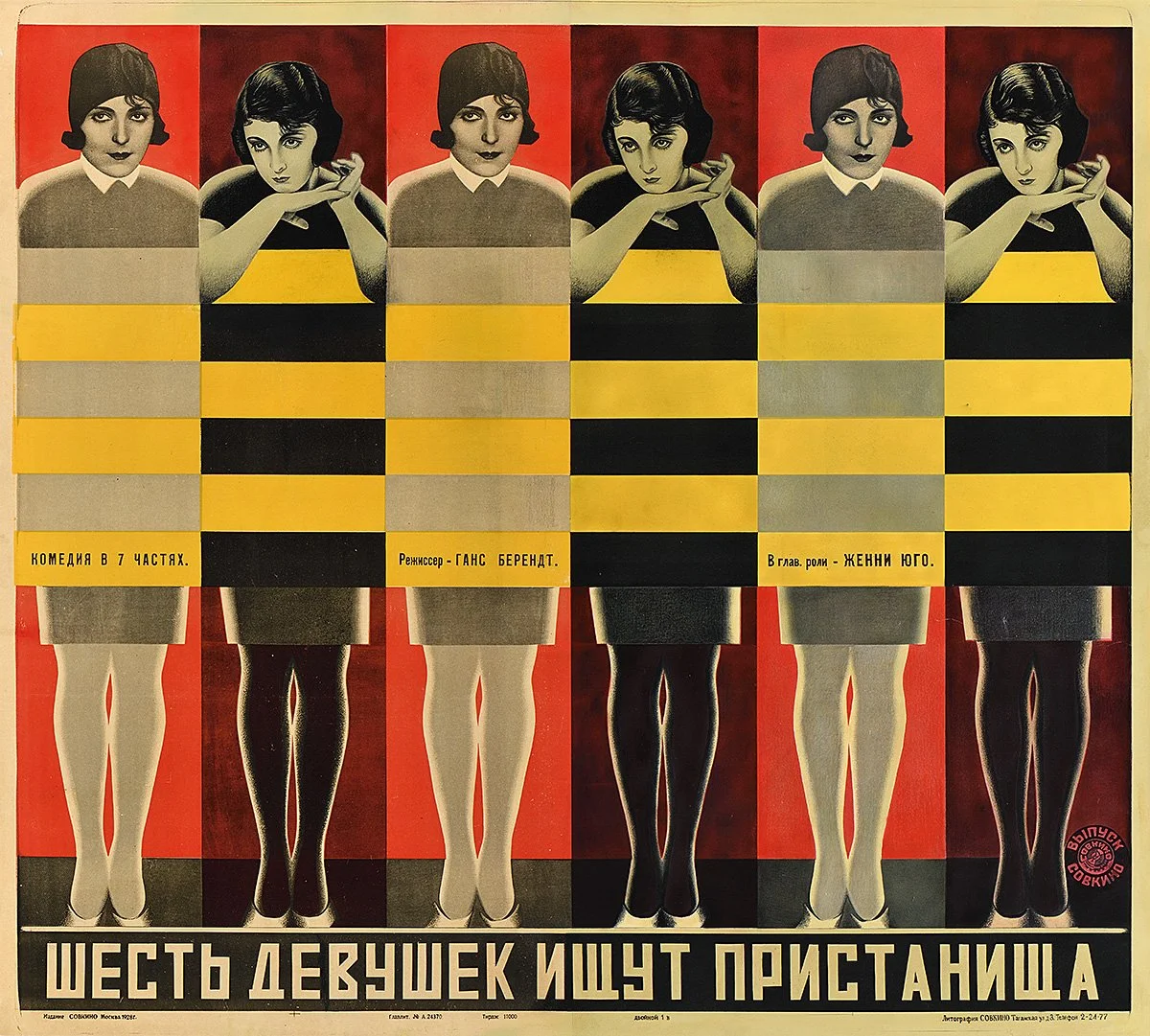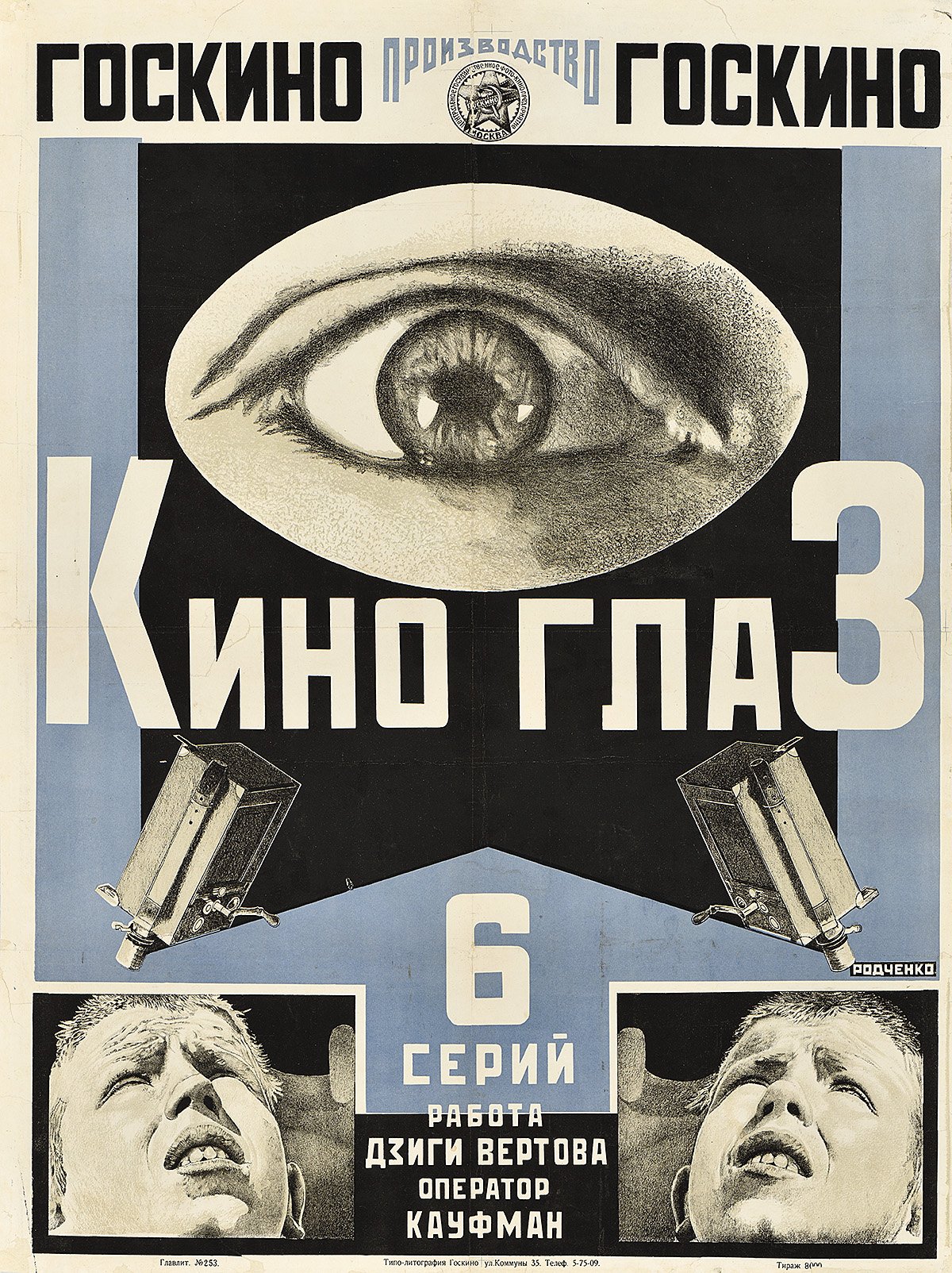THE SPECTATOR WORLD EDITION, June 2022
on “Broadway’s longest running show”
You might expect Zabar’s, the world-famous “appetizing” store on Manhattan’s Upper West Side, to have become a shadow of its former self. This seems to be the case for most of New York’s other independent specialty shops. Fairway, Balducci’s, H&H Bagels, Dean & Deluca: the food purveyors of my youth have gone kaput. They were bought, leveraged, expanded, overextended and oversold. They expired past their sell-by dates.
But somehow Zabar’s survived. For the Upper West Sider, Zabar’s is our Yale College and our Harvard. Like many I make my way down to 80th Street and Broadway most weekends for continuing education. I head to the appetizing counter and take a number. This is the heart of the operation, where it began in 1934 and where things still move at a historical pace. As I wait my turn, I collect my pickled herring and whitefish salad from a nearby refrigerator. Maybe I dart over to the cheese counter for Oma, d’Affinois, and gorgonzola. If I employ some Zabar’s calculus I could even take a number at the delicatessen counter for meats and prepared foods, such as the creamed spinach and truffled mortadella. Each counter comes with its own seasoned attendant, who collects my order in a waxed bag. They might even give me a sample.
My turn comes up at appetizing, the counter that sells the salted and smoked fish. There was a time in Jewish gastronomy when appetizing stores and delicatessens operated separately, because Kosher customers cannot purchase meat and dairy from the same purveyor. Zabar’s has only ever been “Kosher-style,” but the separation remains in house. My order is a quarter-pound “novie” (Nova Scotia-style smoked salmon, a less salty variant of lox), a quarter-pound sable (a tender whitefish that melts in your mouth), maybe a quarter-pound sturgeon (the king of the sea, flaky and pure), and just maybe a jar of the sturgeon’s jewel-like eggs. Behind the counter they are pros. If I am lucky, my namesake James will be the one to do the slicing. Once you see how thinly these Zabar’s guys hand-slice a fish, you cannot go appetizing anywhere else. When I was growing up, my Italian father placed a similar order most Sundays.
Zabar’s is chaotic by design. Food is everywhere, people are everywhere, announcements are frequent. “The lady who was looking for half a pound of chicken liver please come to the front,” I hear over the loudspeaker. While some items are self-service, many are not. You must line up just right. The aisles can barely fit your own small cart, which is a problem as shoppers press in from all sides. “You are out of Seder plate kits?” “Are we out of Seder plate kits?” “I ordered mine days ago.” “They are sold out of brisket!” From a service door, out comes Saul Zabar himself, the patriarch in his white smock pushing a cart. When his father Louis died in 1950, Saul took over Zabar’s at the age of twenty-one and has worked for the family store ever since, partnering with his younger brother Stanley and their relative Murray Klein. Over the years Saul expanded Zabar’s into the best of everything, including introducing New Yorkers to gourmet coffee. At ninety-three years old, he is still the one to wake me up with his “Zabar’s Blend” each morning. The man deserves a monument.
A few years ago, I found myself at dinner sitting next to an unassuming woman named Lori Zabar. Was she related to the famous store? Indeed she was — Stanley’s oldest daughter. How is Zabar’s still thriving? Because the family never sold out and four generations now work for the business. Please make sure that continues, I begged.
It turned out that Lori, who died in February at age sixty-seven, was well positioned to make the case. The family historian, she cooked up a reserved and at times harrowing new book on her name and the store that bears it. Zabar’s: A Family Story, with Recipes ($28, Shocken) conveys the importance of what her family created.
Drawing on her grandfather’s own testimony taken at the time of his displacement in the early days of the Soviet Union, the beginning was anything but appetizing. In 1920 Cossacks allied with the Red Army were terrorizing the Jewish enclave of Ostropolia, now Ostropol in present-day Ukraine. During the pogrom, a husband tried to defend his wife. The Cossacks stabbed him to death. They shot his wife in the face. They murdered his daughter in front of him in his home. Their surviving son, Mordko Leib Zabarka, then chased the soldiers off with a gun and went into hiding. Two years later, the young man arrived in New York as Louis Zabar.
Louis worked in New York food retail from the bottom up. He married another Ostropolitan exile, Leika Teitelbaum, who became Lilly Zabar. In the Zabar’s origin story, Louis began in fruit and veg but developed an allergic rash to the skins. “As he toiled,” writes Lori, “he noticed that only one thing helped: when he put his hands in a barrel of pickled herring, the brine soothed his rash.”
So Louis became an “appetizing man” and rented a small retail space on Broadway. From this Capitoline Hill between 80th and 81st Street, a food empire was born. At first Louis set out to build a chain of everyday markets. When he died at age forty-nine, it was the vision of the next generation of Zabar partners — Saul, Stanley, and Murray Klein — to consolidate the business and turn it into the gourmet flagship of today. As they watched the gastronomic tide of home cooking rise in the second half of the twentieth century, they floated to the top with the finest fish, the freshest bread and the smoothest coffee.
Lori Zabar serves us a concise history of Jewish food retail. She explains the difference among pickled and matjes and schmaltz herring. She tells of Uncle Eli’s defection to retail on the Upper East Side, where he developed his own appetizing restaurant called E.A.T. and a bakery called Eli’s Bread. She also recalls seeing a carp and a herring swimming in her grandmother Lilly’s Upper West Side bathtub. “They were destined for her delicious Shabbat gefilte fish.”
The joys of watching the “longest running show on Broadway,” as Lori calls her family store, contrast with the sorrows its creators once faced. The Cossacks were but a prelude to the Nazi invasion of Ukraine and the extermination of 1.6 million Jews there in 1941. The terrors of Ostropolia a century ago now seem all too familiar in Ukraine today. In this light Zabar’s becomes a new Garden of Eden. Here on a corner of the Upper West Side, she writes, her family celebrated “personal exodus from religious persecution in the Old World to America — their promised land of freedom and dignity.”



